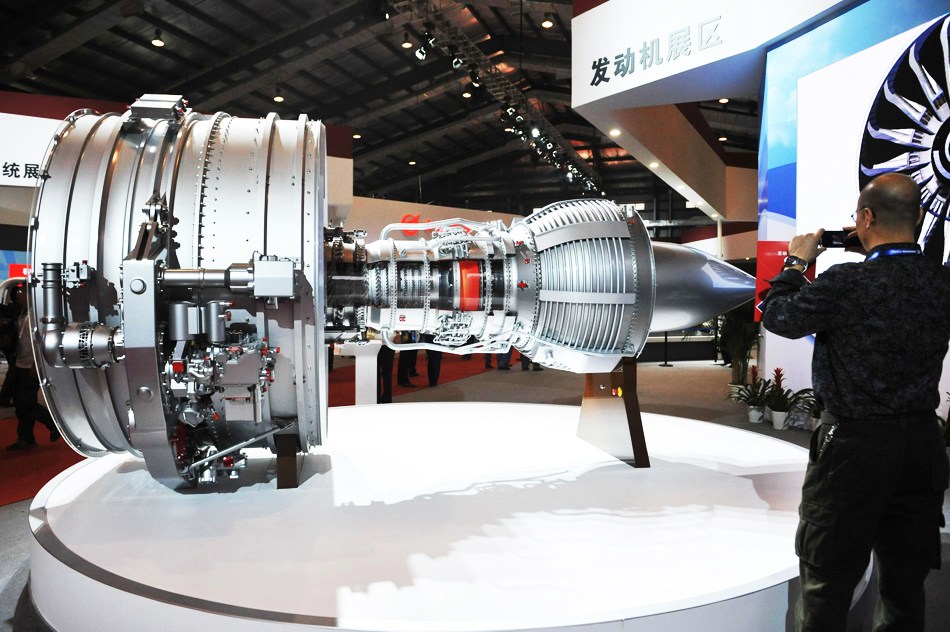【Subsonic inlet 】
The leading edge of the air inlet is relatively blunt and round to avoid air separation at the inlet during low-speed takeoff. Most of the internal channels are diffuse. At the maximum speed or cruising state, most of the deceleration and boosting process of the incoming air flow is completed outside the inlet, and the fluid loss in the channel is not large, so it has a higher efficiency. When the subsonic inlet is working at supersonic speed, a detached normal shock wave is generated in front of the inlet, and the supersonic airflow is reduced to subsonic speed through the normal shock wave, and the energy loss increases at this time. The greater the velocity of the shock wave, the greater the loss.
【Supersonic inlet】
The supersonic intake duct achieves deceleration of the supersonic airflow through multiple weaker oblique shock waves. The supersonic inlet is divided into three types: external pressure type, internal pressure type and hybrid type. ①External pressure type air inlet: a central cone or inclined plate is installed in front of the inlet to form oblique shock wave deceleration, reduce the intensity of the inlet normal shock wave, and improve the efficiency of air intake deceleration and boost.
②Internal pressure inlet: It is a constricted and diffused pipe, and the deceleration and boost of supersonic airflow are all realized within the inlet. In the design state, the airflow continuously decelerates in the contraction section until the throat is exactly the speed of sound, and continues to decrease to a low subsonic speed in the diffusion section. The internal pressure inlet has high efficiency and low resistance, but the performance is not good in the non-design state, and it is difficult to start. It has not been used on the aircraft;
③The hybrid inlet: it is a compromise between the internal and external pressure.
[Position of air inlet]
The intake duct is roughly divided into frontal intake and non-frontal intake according to its position on the aircraft. ①Front air intake: The air intake is located at the head of the fuselage or engine nacelle, and the flow field in front of the air intake is not disturbed. Its advantage is simple structure. The biggest disadvantage of the air intake on the front of the fuselage head is that it is not convenient to place the radar antenna on the fuselage head, and the air intake pipe is too long; ②Non-front air intake: including air intake on both sides , Wing root intake, belly intake and underwing intake. They overcome the shortcomings of the front air intake of the nose to varying degrees. In the non-frontal air intake scheme, it is necessary to prevent a layer of uneven air flow (surfacing layer) in front of the air inlet close to the surface of the fuselage or wing from entering the air inlet. For this reason, the air intake and the surface of the fuselage or wing should be separated by a certain distance, and a certain channel should be designed to suck out the attached surface layer, which will increase some resistance accordingly. The air intake under the abdomen and under the wing makes full use of the favorable shielding effect of the fuselage or wing, which can reduce the flow velocity and angle of attack at the air inlet, thereby improving the working conditions of the air inlet.
[Adjustable intake port]
Under supersonic conditions, the non-adjustable intake port can only work in coordination with the engine in the design state, and the intake port is in the best critical state. In non-design conditions, such as changing the flight speed, the intake port and the engine may not work in harmony. When the engine requires more air than the passage capacity of the intake port, the intake port is in a low-efficiency supercritical state. When the amount of air required by the engine is lower than the passage capacity of the intake port, the intake port will be in a subcritical overflow state. Excessive subcritical conditions increase the resistance and cause surge of the intake port. In order to make the intake port work in unison with the engine (that is, the intake port matches the engine) and improve efficiency, the adjustable intake port is widely used. The commonly used method is to adjust the area of the throat and the angle of the swash plate to make the passage capacity of the inlet consistent with the requirements of the engine. In addition, an air release valve is provided at the subsonic diffusion channel to release excess air and prevent the intake channel from being in a subcritical overflow state. At the same time, in order to solve the problem of too small air intake area in the take-off state, auxiliary air intakes that can be sucked open at low speeds are also provided.


